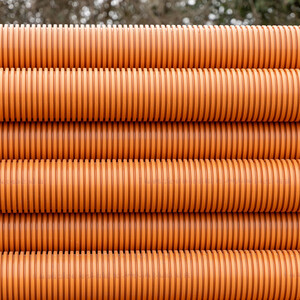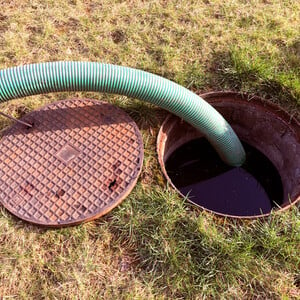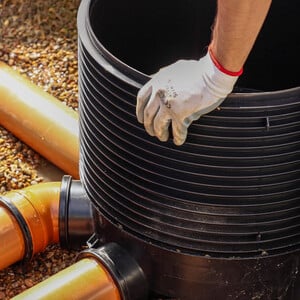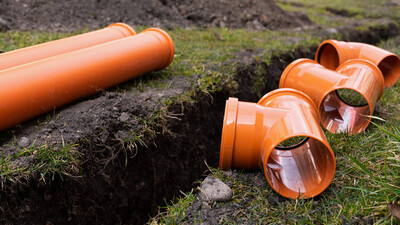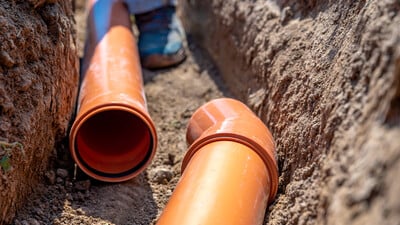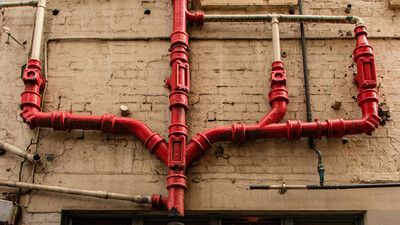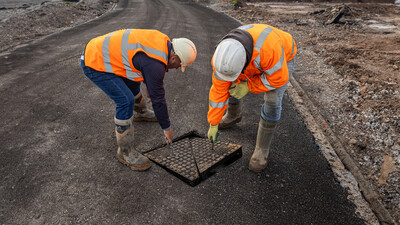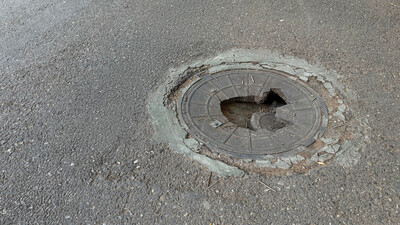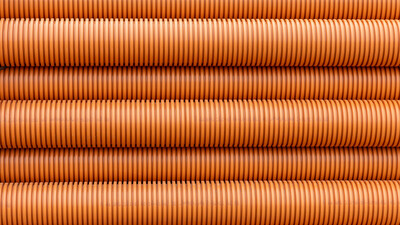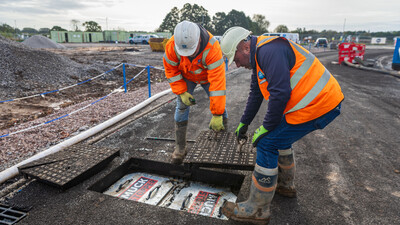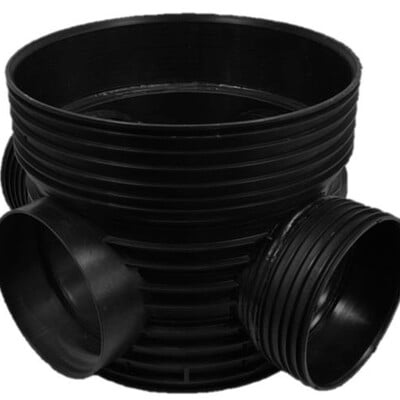

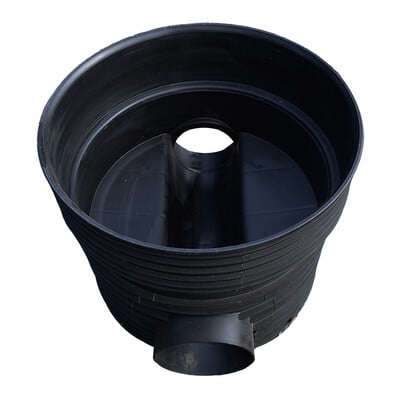
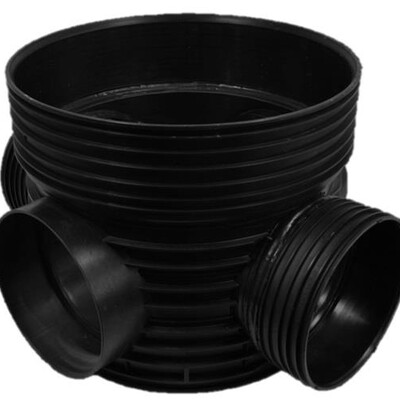
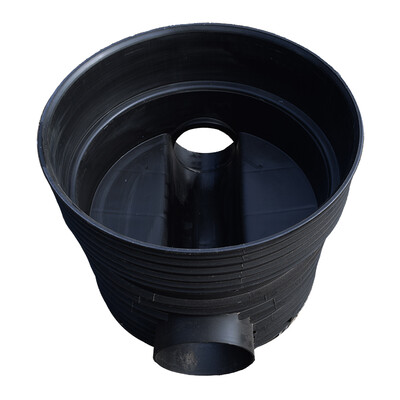
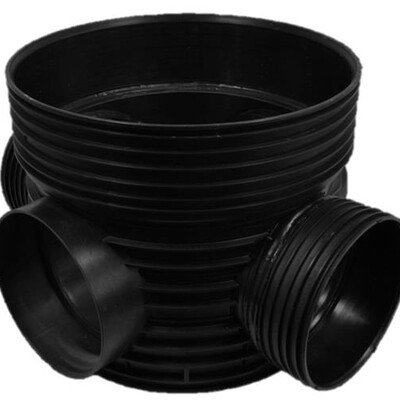
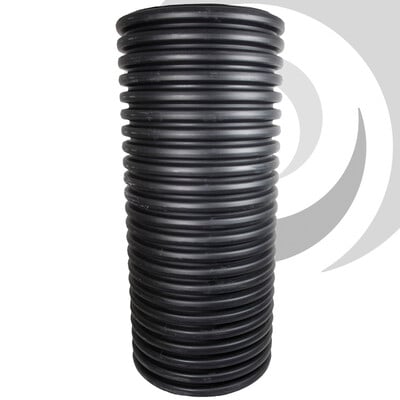
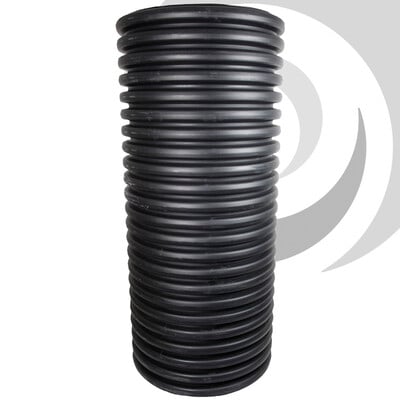
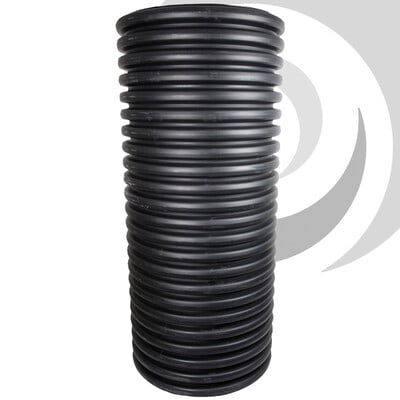

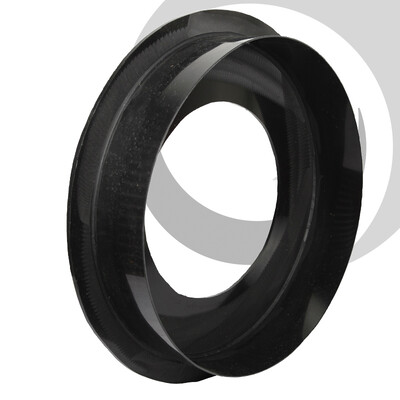
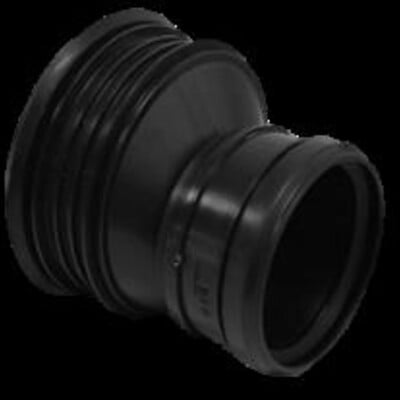
160mm Vision 600 chamber, outlet adaptor to 160mm UPVC – Socket
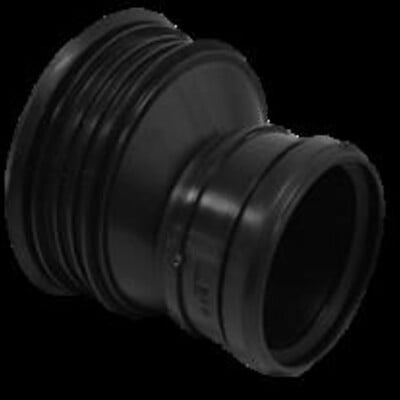
250mm Vision 600 chamber, outlet adaptor to 250mm UPVC – Socket
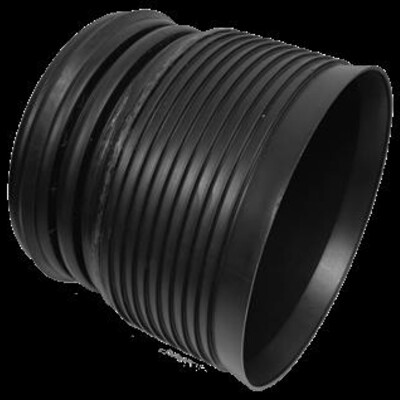
160mm Vision 600 chamber, outlet adaptor to 150/172mm TW – Socket
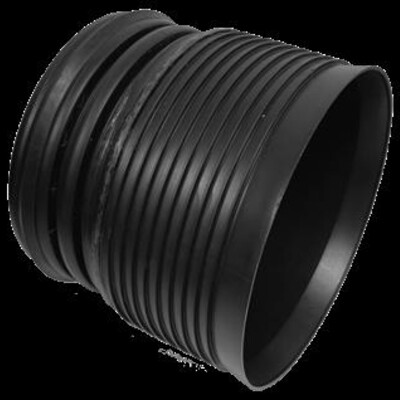
250mm Vision 600 chamber, outlet adaptor to 150/172mm TW – Socket
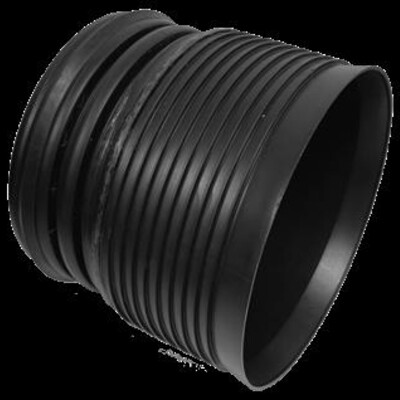
250mm Vision 600 chamber, outlet adaptor to 225mm TW – Socket
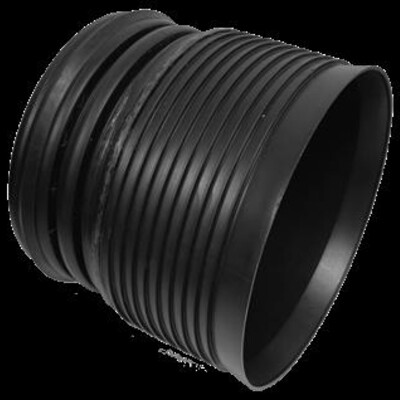
315mm Vision 600 chamber, outlet adaptor to 150/172mm TW – Socket
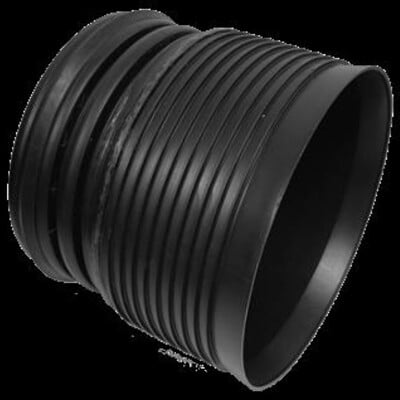
315mm Vision 600 chamber, outlet adaptor to 225mm TW – Socket (Level Invert)

315mm Vision 600 chamber, outlet adaptor to 300mm TW – Socket
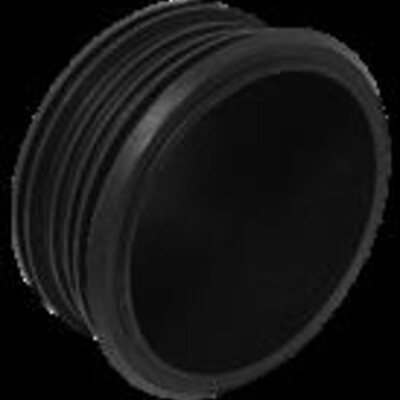
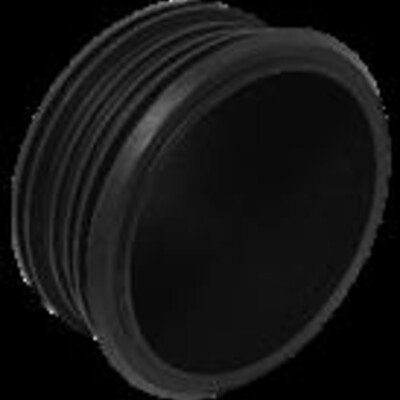
Our Range of Drain Inspection Chambers and Risers
We stock durable plastic drain and sewer system supplies in multiple sizes and provide quick delivery to your building site. We offer everything needed for an underground drainage system. From drain inspection chambers and risers to manhole covers and frames, plus a wide range of accessories to help ensure a reliable, compliant and easy-to-maintain installation. Additionally, we provide a free material take-off service to provide an accurate quotation of products to keep your project on budget.
Inspection chamber FAQs
What is a Drain Inspection Chamber?
A drain inspection chamber provides convenient access to a drainage system. They consist of a base unit with an inlet for surface water, adaptors for each connection to accommodate different pipe sizes and a cover for surface-level protection.
What Sizes do Inspection Chambers Come in?
Inspection chambers are available with a base diameter of 600mm, 315mm, 250mm or 160mm. Choosing the correct size depends on the drain system’s depth and flow requirements. Smaller chambers are used when pipes are closer to the surface, while larger ones offer better access for maintenance in deeper underground or more complex drainage systems.
What Materials do Inspection Chambers Come in?
The most common material for inspection chambers is plastic, such as PVC (polyvinyl chloride). These materials offer the ideal combination of lightweight features with strength and durability, making them easy to handle and able to last long underground.
What is the Difference Between a Manhole and an Inspection Chamber?
The main difference between a manhole and an inspection chamber comes down to size and accessibility. A manhole is large enough for a groundworker to enter, typically used in deeper or public systems. An inspection chamber is smaller and stays visible from the surface and allows maintenance using tools, cameras or rodding equipment.
What is the Importance of an Inspection Chamber in a Drainage System?
Inspection chambers are required where two pipes converge, along with any area where a pipe starts to change directions. These areas are usually susceptible to issues with flow and clogs. Drain inspection chambers and risers make it easy for workers to conduct maintenance to ensure a water system runs smoothly and stays compliant.
How Deep Can an Inspection Chamber be Installed?
A standard 450mm plastic inspection chamber can typically be installed up to 1200mm deep using risers. Deeper installations either require larger 600mm systems or manholes may be required. Consult with our expert team to ensure you choose the inspection chamber with the correct load rating and application depth.
Drainage Risers FAQs
What is a Drainage Riser?
A drainage riser extends the height of an inspection chamber. Risers are essential for accommodating varying ground levels. It provides access to deeper drainage systems, making it convenient for groundworkers to perform maintenance.
When do I Need a Drainage Riser?
A drainage riser is necessary when an inspection chamber base is installed deep below ground level. Risers provide access to the inspection chamber, which is necessary in deeper installs or sloped sites, ensuring the system remains accessible and compliant.
What Sizes do Drainage Risers Come in?
Drainage risers are available in different sizes, including 100mm, 150mm, 235mm, 300mm and even taller sizes, depending on how deep the system is underground. Drainage risers can be stacked, providing installers and workers with easy access.
What Materials are Drainage Risers Made From?
Risers are made of high-quality plastic, such as PVC, that is durable and resistant to corrosion, making them easy to handle and long-lasting in underground systems. This makes installation easy as drainage risers are lightweight and still offer long-term performance.
Do Risers Require Sealing?
Yes, drainage risers require sealing. Gaskets and sealing rings create a watertight connection that prevents leaks and stops debris like soil from entering the system. This reduces the risk of build-up and blockages, keeping the drainage network running efficiently.
Are Risers Load Bearing?
Yes, when combined with the right cover and frame, risers have load-bearing capabilities, making them suitable for areas such as driveways, footpaths and other areas that experience light vehicle and foot traffic.
Help & Advice
Related articles
Delivery options
Enter your postcode for delivery timescales, accurate stock levels, and your nearest depot
